SIMET Cable inlet
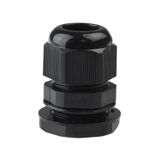

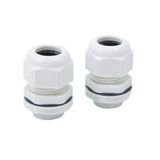
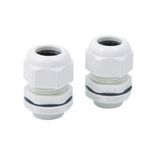
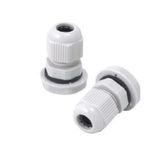
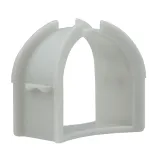
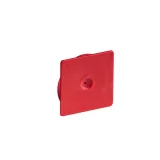

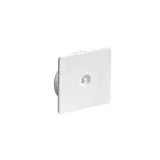
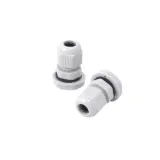

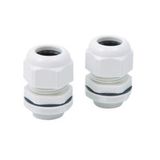
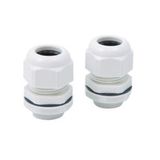
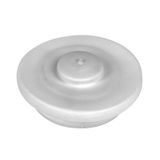
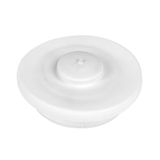


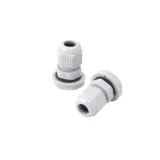
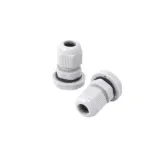
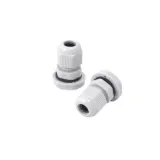


simet cable inlet Application scope and brand context
Panels, junction boxes, and machine bases only stay dry and compliant when the entry hardware matches the route plan. Simet focuses on predictable sealing, strain relief that actually holds under vibration, and clear clamping windows so ferruled conductors and braided shields pass first inspection. Footprints cover metric M12…M63 and NPT ⅜"…1½", straight and 90° bodies, plastics and metals, with accessories (locknuts, O-rings, reducers) that keep the IP rating honest at the enclosure wall. For brownfield trays and curbside pedestals, UV-stable parts and wide temperature spans mean simet electrical cable access doesn’t become a service ticket six months in.
Product range overview for Simet panels
You’ll see three families on drawings: (1) individual glands for single-cable entries; (2) multi-cable frames with split grommets for pre-terminated leads; (3) pass-through bushings for non-detachable hoses and sensor whips. Materials run PA6/PA12 halogen-free plastics (UL 94 V-0 options), nickel-plated brass for EMC and mechanical strength, and AISI 303/316 stainless for food and marine. Gaskets ship in NBR/EPDM; high-temp silicone is available where luminaires, ovens, or rooftop combiner boxes push >100 °C at the wall.
simet cable glands Range and materials
Clamping spans typically 3…6.5 mm (M12) up to 34…44 mm (M63); thread lengths come in short and long variants to suit double-skin doors and thermal breaks. IP66/68 sealing to EN 60529 is standard when installed with the supplied O-ring; impact ratings to IK07/08 are common on metal bodies. EMC styles use 360° spring cages that bite the braid before the seal, keeping transfer impedance low and helping drives meet EN 61000-6-4 limits. Pull-out resistance follows EN 62444 (formerly EN 50262), with Class B/C results published by size.
simet cable entry systems Panel integration and modular plates
For high-density builds and field-connectorized cables, split-frame plates accept slitted grommets around each lead—no re-termination, no voids. Frames land on rectangular cut-outs and compress from the front; IP54…IP66 is achievable depending on gasket set and torque. We’ve seen installers cut enclosure time by half on VFD skids by standardizing five grommet sizes and stocking blank plugs for unused knockouts.
simet cable bushings Thermal and chemical limits
Plain bushings keep cost down where strain relief isn’t required—sensor lines, pneumatics, LED whip exits. Specify PA for offices and light industry, brass for oil-rich bays, stainless where CIP chemicals or salt fog live. Operating windows are typically −40…+100 °C (silicone seals to +150 °C). Chemical tables list resistance to diesel, glycols, cutting fluids, and alkaline wash—worth checking before you order a pallet.
Technical specifications and standards for Simet
Design and testing reference EN 62444 for glands, EN 60529 for ingress, and ISO 9227 where salt-spray is stated. Metric threads follow ISO 965-1; locknuts arrive with serrations or toothed washers to maintain bonding on painted walls. PA bodies are halogen-free, phosphorus-free, and often RoHS/REACH compliant; brass parts use low-lead CuZn alloys with bright nickel. EMC glands publish contact resistance and recommended braid strip lengths; tightening torques and clamping ranges are laser-marked on the cap to stop over-compression. For hygiene zones, smooth-body designs reduce residue traps and meet typical IP69 spray tests when paired with silicone O-rings.
Applications and compatibility with Simet assemblies
Drives and MCCs: use EMC glands at VFD outputs; terminate shields 360° at the wall and bond the gland plate. Outdoor risers: fit sealing washers under the hex to keep IP if the paint film is thick. Lighting canopies: short-thread M16/M20 plastics keep weight off thin reflectors; verify Ta and the lampholder T-class when proximity is tight. For machine retrofits, split frames simplify encoder and M12/M8 sensor harnesses. Where the tender mentions simet sealing cable entries, call out IP class, thread, clamping range, and gasket compound per location—auditors stop asking questions when those four lines are on the tag.
Integration with Siemens and control hardware
SENTRON boards, SIRIUS motor starters, and SCALANCE networking all benefit from clean segregation: power on metallic EMC glands, SELV on plastic entries, and fiber through dedicated bushings. Keep PE braids short from gland to earth bar; on painted doors, use toothed locknuts to bite through the coating. Simet plates line up with common enclosure systems, so you can pre-punch doors and ship them flat without risking fit on site.
Selection criteria for B2B buyers
- Environment drives material: PA indoors, brass for oils, stainless for CIP or marine.
- Seal and IP: IP66/68 for washdown and rooftops; IP54 is fine for cabinet interiors.
- Thread and wall: metric vs NPT, short vs long thread; check door plus gasket stack.
- Cable geometry: round vs flat; pick grommets that grip without ovalizing the sheath.
- EMC need: choose 360° termination for VFD feeders and encoder lines; isolate shields on SELV.
- Logistics: standardize five clamping ranges across the site to cut van stock and avoid mis-picks.
For tender lines that specify simet wiring inlets, include wrench size, torque, and locknut type next to the EAN so assembly crews don’t pause to look up tables.
Procurement and field notes
Order reducers and blanking plugs with the same batch; missing reducers are the number-one cause of late-night drilling. Long-thread variants prevent star-cracking on sandwich panels. Keep a small kit of EPDM and silicone O-rings per size—swapping compound is an easy save when ambient creeps above design. If drawings contain simet cable entry systems and single-gland notes in the same bay, align IP across both or water will take the easiest path.
Advantages of working with Bankoflamps
We map thread families, clamping ranges, sealing compounds, and EMC requirements to your enclosure schedule, then show live EU stock by warehouse before window bookings are fixed. Quotes return in roughly an hour with EAN/MPN, IP/IK class, torque tables, and gasket stacks stated—so nothing drifts between panel cut-outs and site pull. Your portal lists lead times, shipment status, and downloadable price lists with validity dates; approved clients can use post-payment up to 30 days. We consolidate by panel face, route segment, or skid to trim freight and on-site sorting, and your account manager checks cable OD, bend radius, bonding method, door thickness, and knockout patterns against your drawings—so crates arrive build-ready and electricians terminate once.